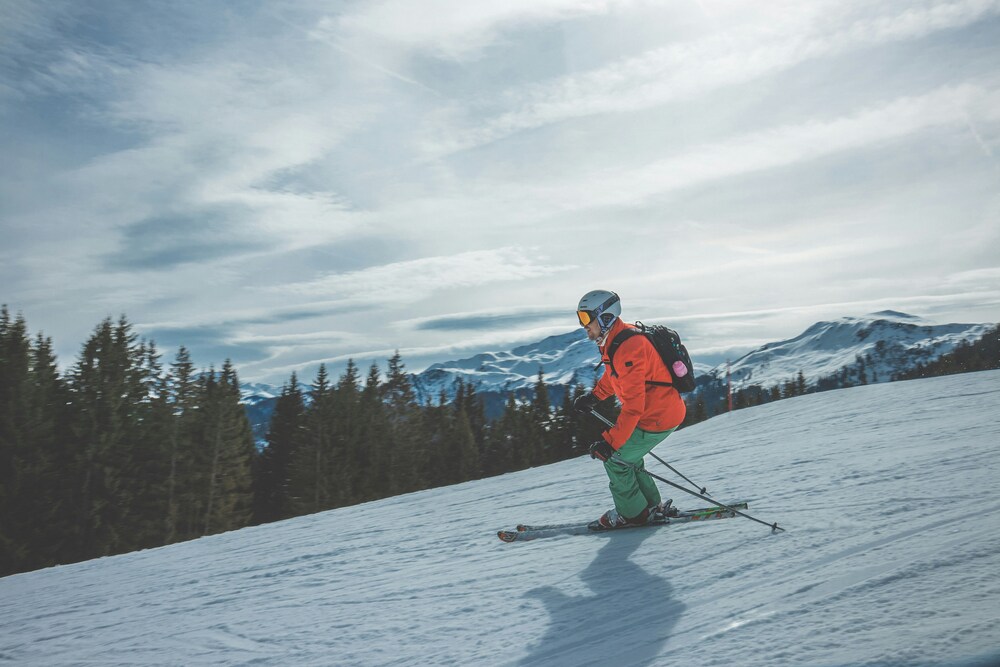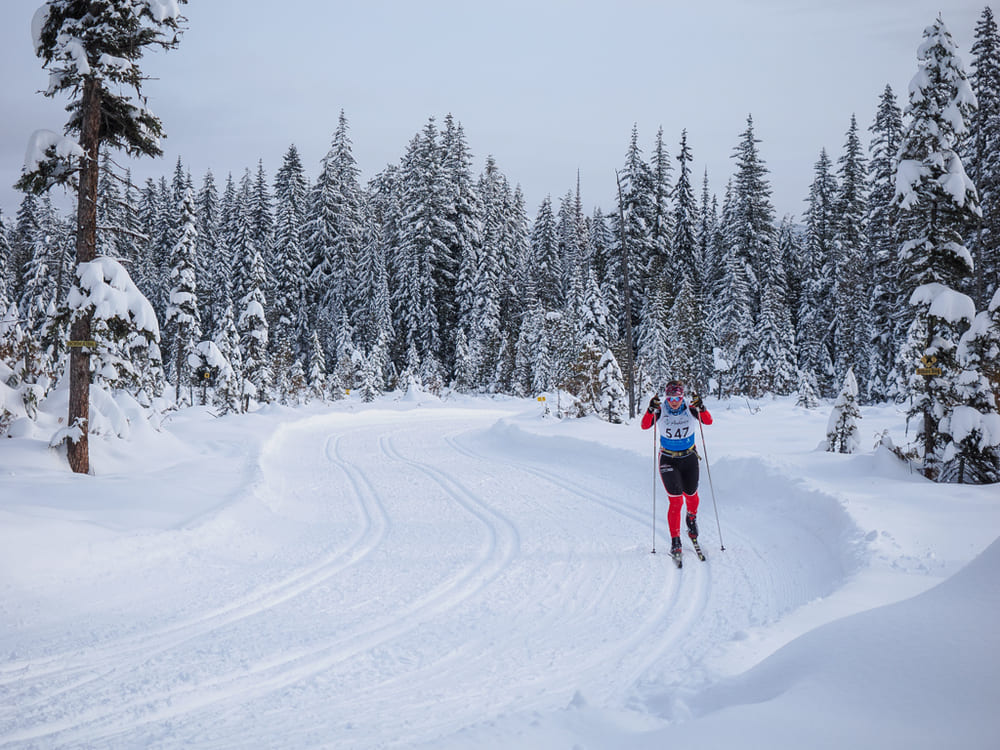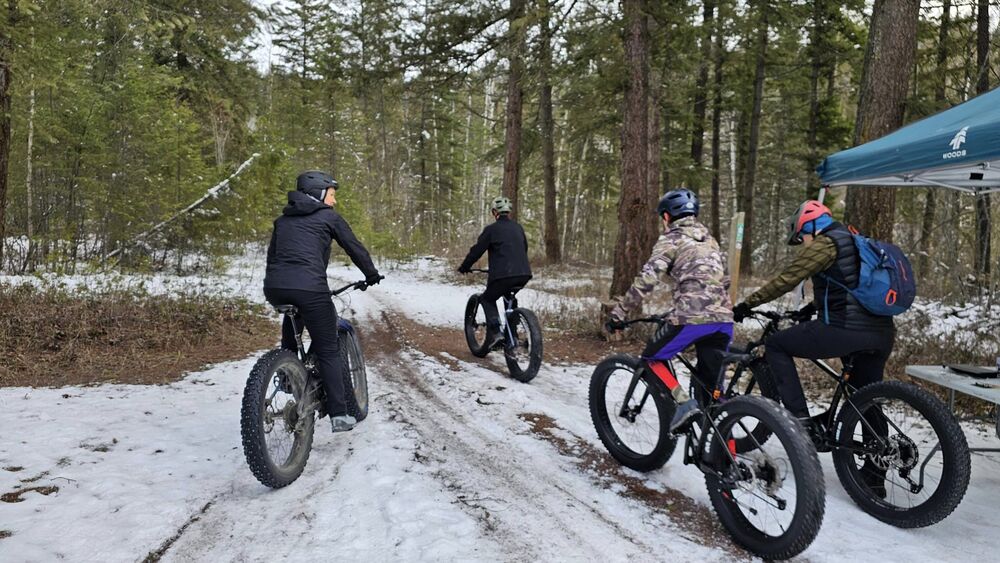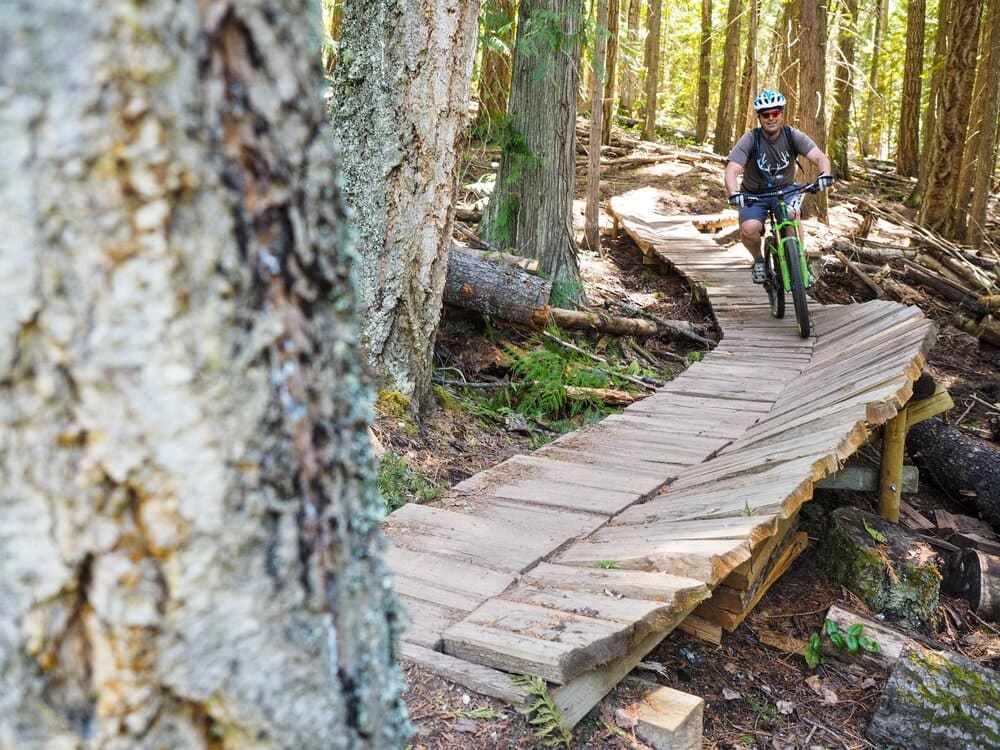Winter skiing can be an exhilarating experience, but it comes with its own set of risks. Proper preparation and awareness are key to ensuring a safe and enjoyable time on the slopes. From selecting the right gear to knowing what to do in case of an emergency, here are some practical tips to keep in mind for a safe skiing adventure.
Choosing the Right Gear
Selecting the appropriate gear is fundamental for both safety and performance. Start with skis or a snowboard that match your skill level and the type of skiing you plan to do. For beginners, shorter skis offer more control, while advanced skiers might prefer longer skis for better speed and stability. Ensure your boots are well-fitted; they should be snug but not too tight. Ill-fitting boots can lead to discomfort and potential injuries.
Helmets are a must, regardless of your skill level. They provide critical protection in case of falls or collisions. Ensure your helmet fits snugly and does not move around. Goggles are also important as they protect your eyes from UV rays and wind, and they improve visibility during snowstorms. Invest in a good pair of ski socks made from moisture-wicking materials to keep your feet warm and dry.
Preparing Your Body
Warming up before hitting the slopes helps prevent injuries. Focus on exercises that enhance your flexibility and strengthen the muscles used in skiing. Stretching exercises for your hamstrings, quadriceps, and calves are particularly beneficial. Perform dynamic stretches, such as leg swings and torso twists, to prepare your body for the physical demands of skiing.
Strength training exercises, like squats and lunges, can also be advantageous. These exercises help build the muscles necessary for controlling your movements on the slopes. Balance exercises, such as standing on one leg or using a balance board, can improve your stability and coordination.
Understanding the Weather Conditions
Winter weather can change rapidly, affecting skiing conditions. Before you head out, check the weather forecast and be prepared for variable conditions. Snow quality can range from powder to ice, and visibility can change with snowfall or fog. If the weather deteriorates while you’re skiing, it’s wise to head back to the base or find a sheltered area.
Understanding avalanche risks is crucial, especially if you plan to ski in off-piste areas. Be aware of avalanche warnings and always carry necessary safety equipment, such as a beacon, probe, and shovel, if you venture into areas prone to avalanches. Taking an avalanche safety course can also be invaluable.
Navigating the Slopes Safely
On the slopes, observe and follow posted signs and markers. These guide you to safe areas and alert you to potential hazards. Always ski within your ability level and be mindful of other skiers. Use proper skiing techniques and avoid excessive speeds, particularly in crowded areas.
If you are skiing with a group, establish meeting points in case you get separated. Communication devices, such as two-way radios or smartphones, can be helpful for keeping in touch. Always yield to skiers downhill from you and be cautious when merging onto trails.
What to Do in Case of an Emergency
Accidents can happen, so knowing how to respond is essential. If you or someone else is injured, remain calm and assess the situation. For minor injuries, seek help from nearby skiers or ski patrol. If the injury is more serious, call for ski patrol assistance immediately. They are trained to handle emergencies and can provide the necessary help.
If you are injured and unable to move, try to signal for help using a whistle, bright clothing, or any available signal device. In severe cases, try to keep still and wait for assistance. Remember, it’s important to have a fully charged phone with you in case of an emergency.
In conclusion, preparing adequately for a skiing trip, both physically and with the right gear, along with understanding weather conditions and slope safety, can significantly reduce risks. Knowing how to respond in emergencies will also help you handle unforeseen situations more effectively. By following these tips, you can enjoy a safer and more enjoyable skiing experience.




